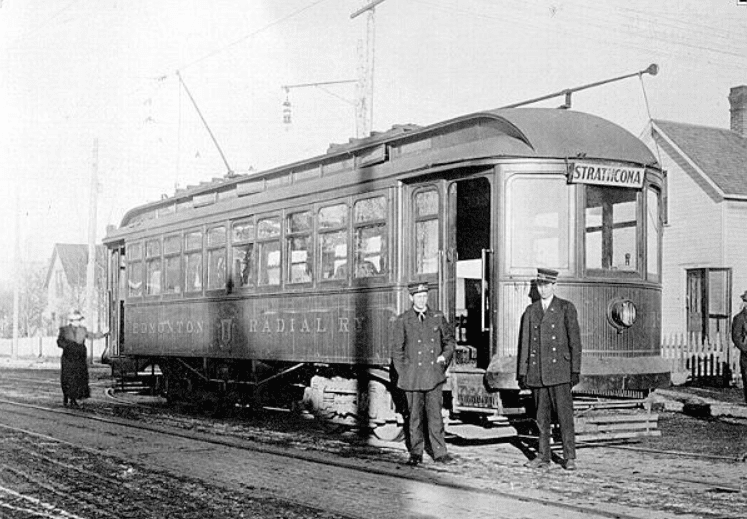The Edmonton railway has a great history. Its founders were able to overcome many difficulties and build a good connection. The “Canada’s railway king,” Sir William Mackenzie, was an honorary guest at the celebration of the formation of the new provinces of Alberta and Saskatchewan in 1905. He was very pleased with the way he was welcomed in the provinces. Mackenzie’s visits were relevant as the creation of provinces was made possible by the existence of the railway. For more information, please visit the website edmonton-future.
History of the railway
During the 1880s, the Canadian Pacific Railway operated exclusively in the West. In 1895, Clifford Sifton proposed a good scheme by which governments could support railway initiatives with guaranteed bonds, but no one showed interest. Eventually, Sifton managed to convince unemployed railway contractor Mann to work with Mackenzie and assist in building a local line from Portage la Prairie to Dauphin, Manitoba. It was the beginning of one of Canada’s most famous enterprises.
Mackenzie was a dealmaker. To make his first railway contract, he had to persuade the Montreal monastery chaplain of his Catholic wife to lend him money. It was a great start to his career.
In the following years, Mackenzie and Mann firmly believed in the future of the West. With the help of the government of Manitoba, the men began construction of a railway on Lake Manitoba, expanded it to Lake Winnipegosis, and were granted the right to build eastward to Port Arthur. In 1898, they merged various enterprises to create the Canadian Northern Railway.
Although these two men were the first in many years to show interest in developing additional railway services in Western Canada, they soon faced competition from the largest Canadian railway company, GTR. The problem was that the company’s owner wanted to buy out Mackenzie and Mann to build another railway route. By 1902, Mackenzie and Mann had laid the last track of their railway to Port Arthur.
On the one hand, Mann believed that building another Pacific line was impractical, but it was a simple choice, otherwise, they had to succumb to the competitors or go further west. One of the main beneficiaries of the railway expansion was the city of Edmonton.
Although previously the branch line served the town of Strathcona. Citizens had been disappointed by the railway that refused to serve it for almost ten years. Building in Edmonton was difficult due to the apprehension of the people and local government. Peasants, townspeople, and a lot of machinery were involved in the work. It was especially challenging to lay tracks across the North Saskatchewan River. However, despite these factors, everything turned out for the best.
When Mackenzie and Mann managed not only to pull the railway across the river but also to make a new line from the East, the locals saw them as saviors who rescued the city from the PRC power.
The result of work and public rejection

The actions of Mann and Mackenzie received a lot of attention in the press. The men were accused of deceiving the public. Nevertheless, they continued to build and expand the railway. In 1909, the construction in Edmonton was completed. Thanks to the creation of the railway, 550 towns were established across Canada.
When the cities of Canada were connected and the railway that united them was named national, Mann and Mackenzie immigrated to another country. The men were disappointed with the low reward provided by the authorities. The press and all government reports denied their reputation.


